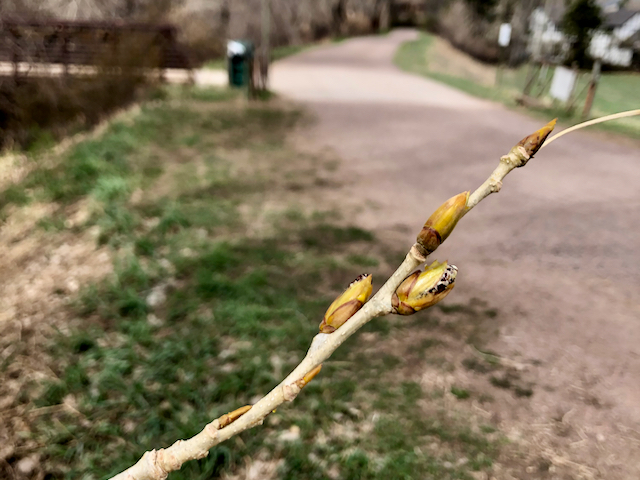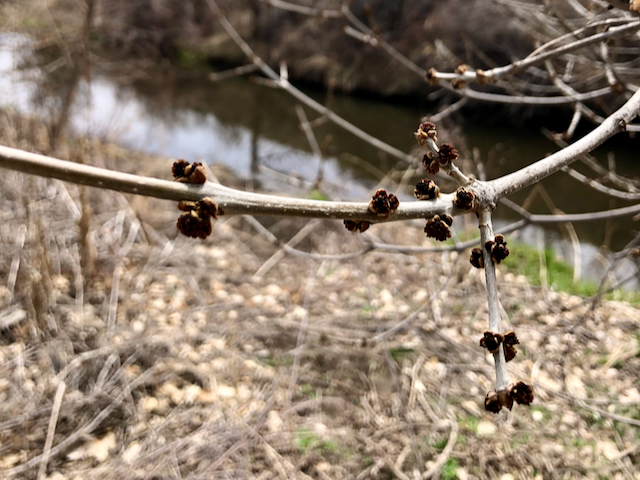The Great Cottonwood Hide and Seek
The Conservancy is excited to be participating in the City Nature Challenge, an international event to find and document wildlife in cities across the word. If you have a chance to get out and record plants and wildlife on the Canal, an essential plant to keep an eye out for is young cottonwood trees. We all know and love the mature giant cottonwoods that line much of the Canal, but smaller cottonwoods are just as important. These small trees will soon be giants (in about 30 years). The small cottonwoods are referred to as volunteers because they weren’t planted but grew up on their own – they volunteered to be there! If you’re participating in the City Nature Challenge or if you’re just getting out for a walk on the Canal, please keep an eye out for cottonwood trees that are about 10 inches in diameter or less – these are the small trees that we really want to know about. iNaturalist is a great app to use that allows you to record your photos and allows us to see those photos and where you found these cottonwoods sprouting up across the Canal.

A closeup of a young cottonwood tree’s bark. It is smooth until the tree is old enough to start to develop the furrows and roughness that characterize older trees.
How to Identify a Young Cottonwood
Young cottonwoods aren’t the easiest tree to identify, especially along the Canal where they have several look-alikes. One key thing to look for is the bark, it will be smooth in smaller trees, maybe just starting to show the big furrows that are characteristic of older cottonwood trees. The bark closely resembles an aspen tree’s bark, since they are close cousins in the Poplar family. So, if it looks kind of like an aspen, but just isn’t quite an aspen, it’s likely a Cottonwood!
Another key ID feature this time of year is the buds. This early in the year the buds haven’t quite leafed out yet. Cottonwood buds are pointy and grow in the same direction as the branch on which they appear. A similar-looking tree that can be mistaken for a cottonwood is a Siberian elm, the third most common tree along the trail, but these trees have round buds that grow perpendicular to the branch. See the photos below for some visual comparisons.
Why are we looking for young volunteer trees?
Great question! Young cottonwoods are an important part of the future of the tree canopy along the Canal. Many of the giant cottonwoods you see on the Canal today are reaching the natural end of their lifespan, so it’s important that we have an inventory of young trees that will take their place so that we can monitor their growth over time.
In 2016, a tree inventory was conducted along the Canal that counted trees greater than 6 inches in diameter — this inventory counted over 10,000 cottonwoods along the Canal. The trees from that inventory would now be 10-12 inches across or larger. The smaller trees along the Canal have never been counted and will be important for the Conservancy to take into account as we start planting trees along stretches of the Canal in the future. The data that you collect by identifying small cottonwoods that were not included in the 2016 inventory will be extremely helpful in filling in our knowledge gaps about the tree population along the Canal.

This is a Cottonwood branch with its pointy, almond-shaped buds. These buds are from a mature tree, the ones on young trees are narrower and pointier.

This is a Siberian Elm branch with its round buds. Young Siberian elms can resemble young cottonwoods, so this time of year the buds are important ID features.








